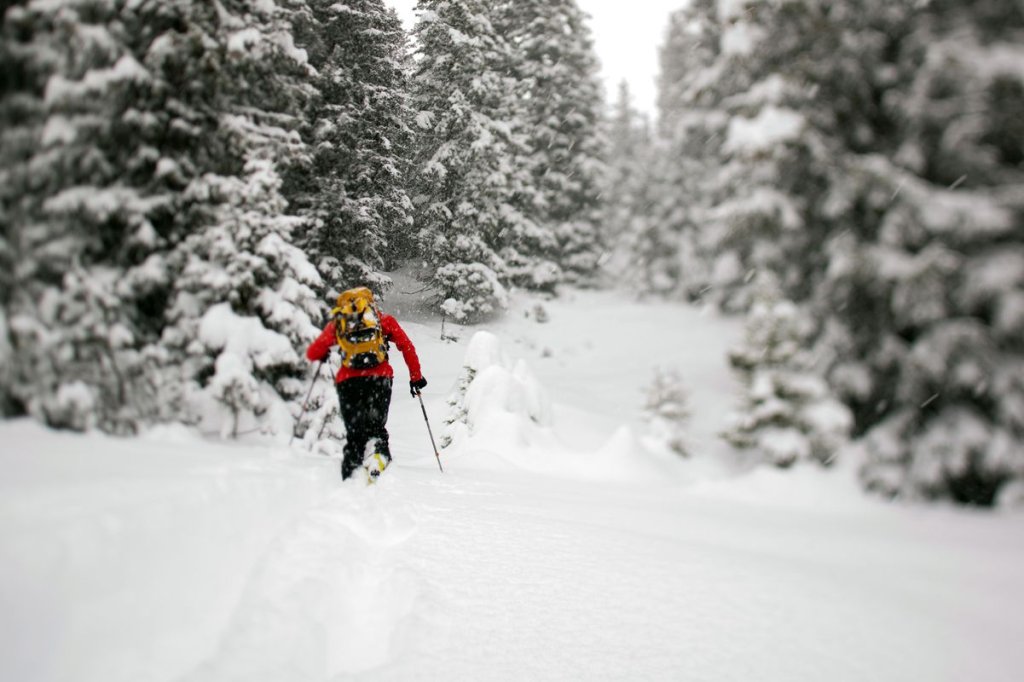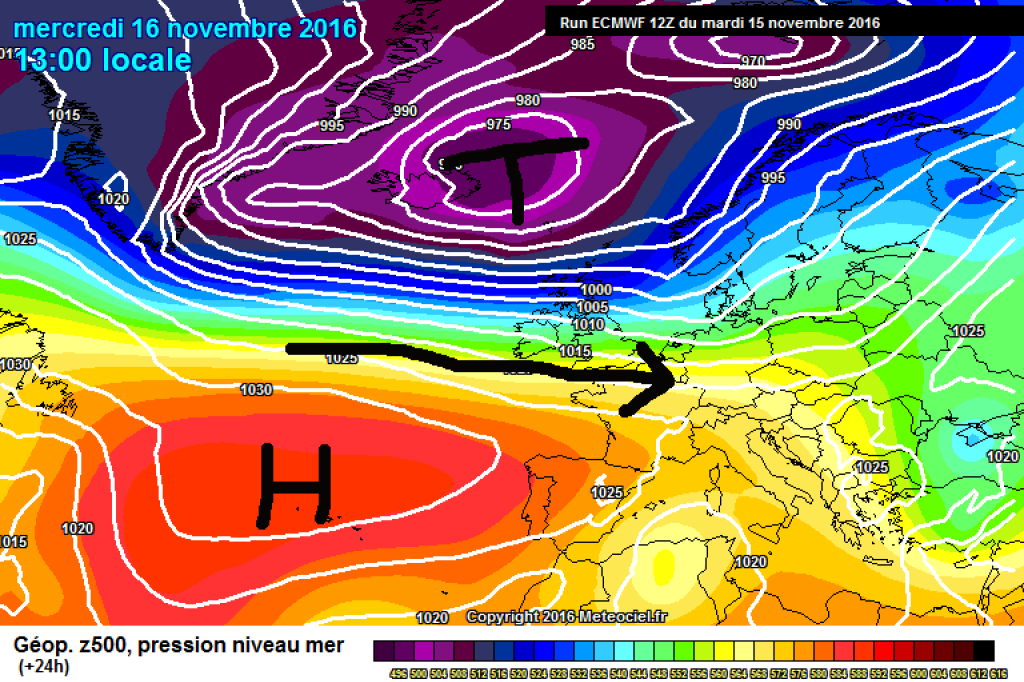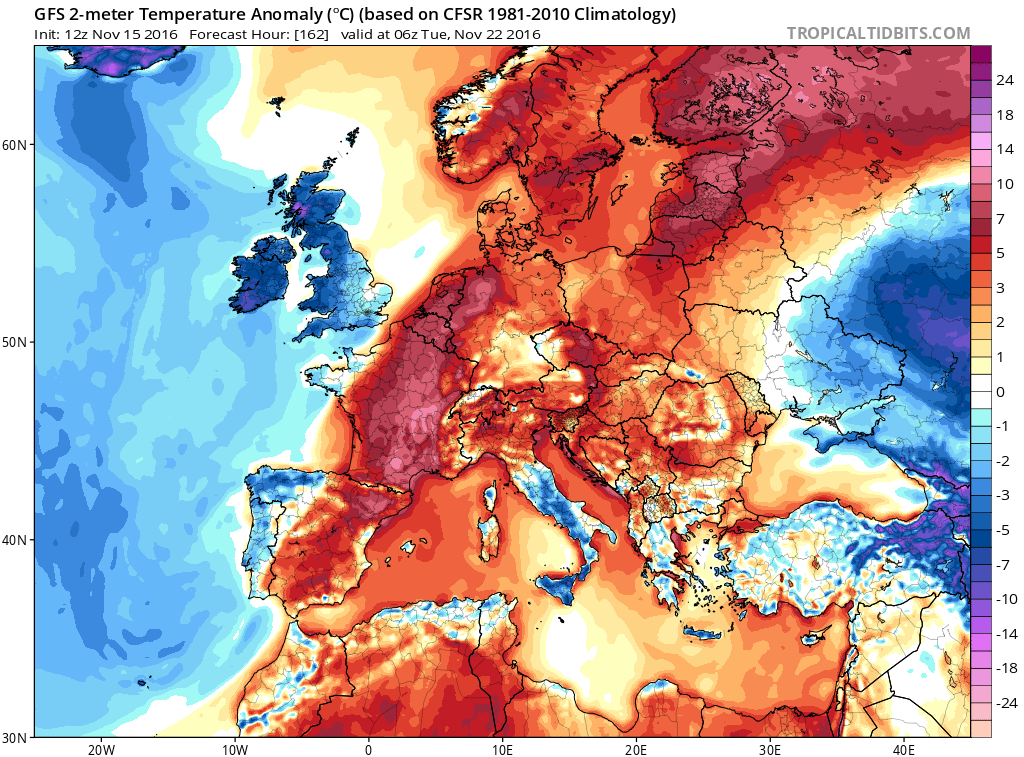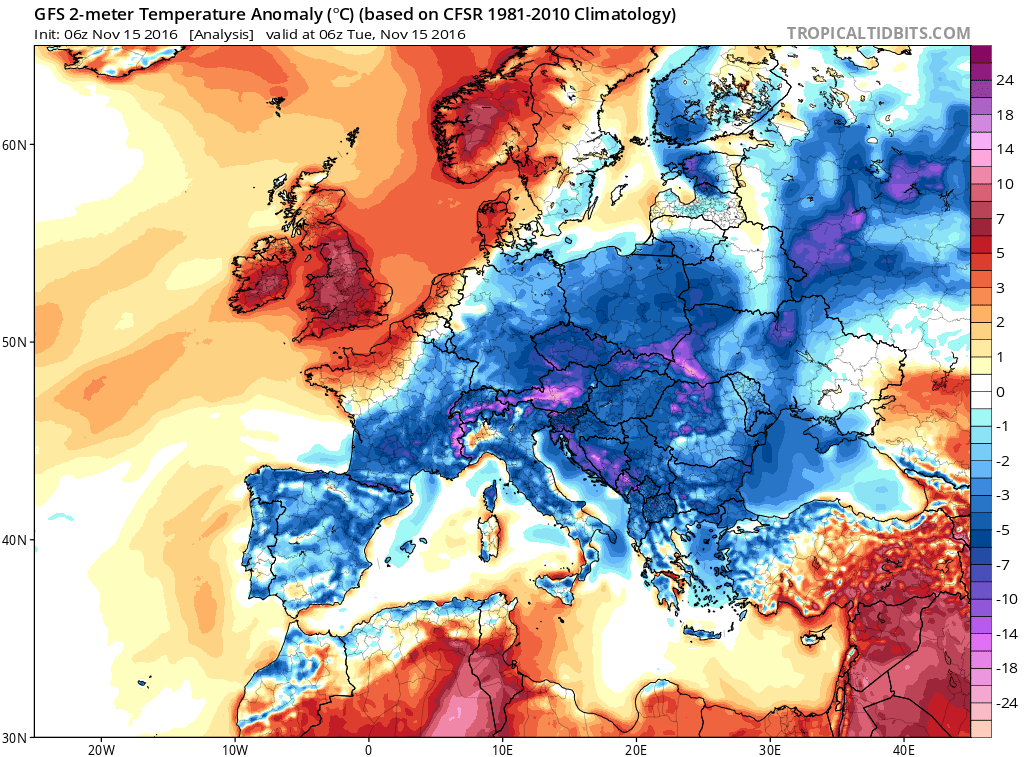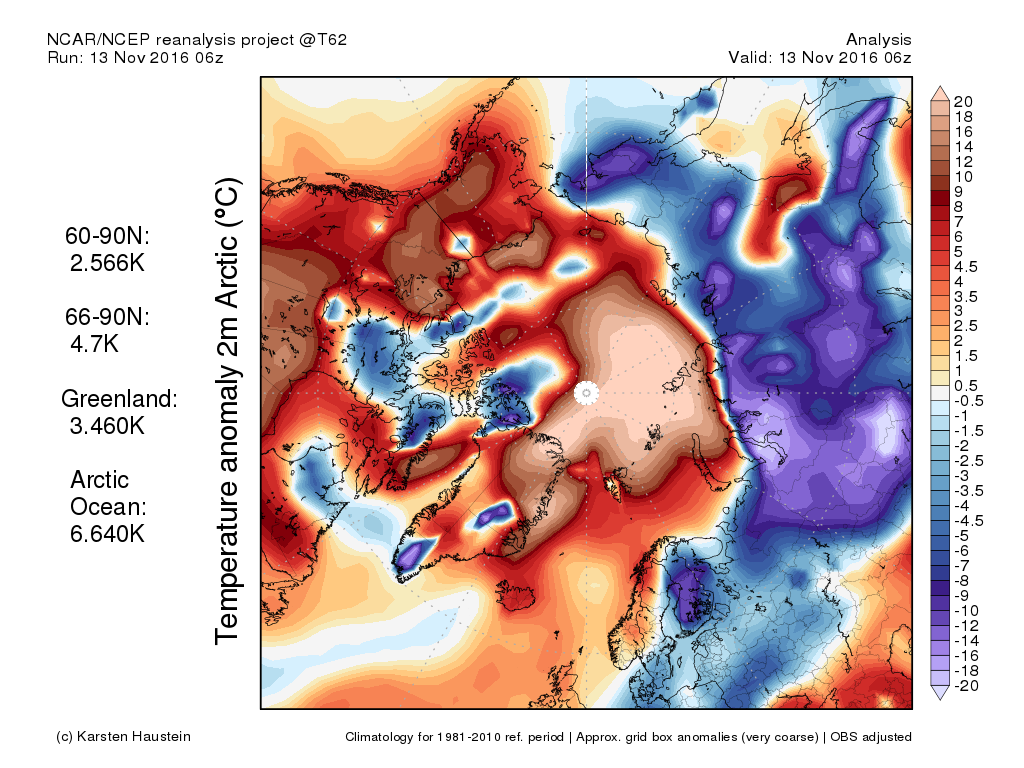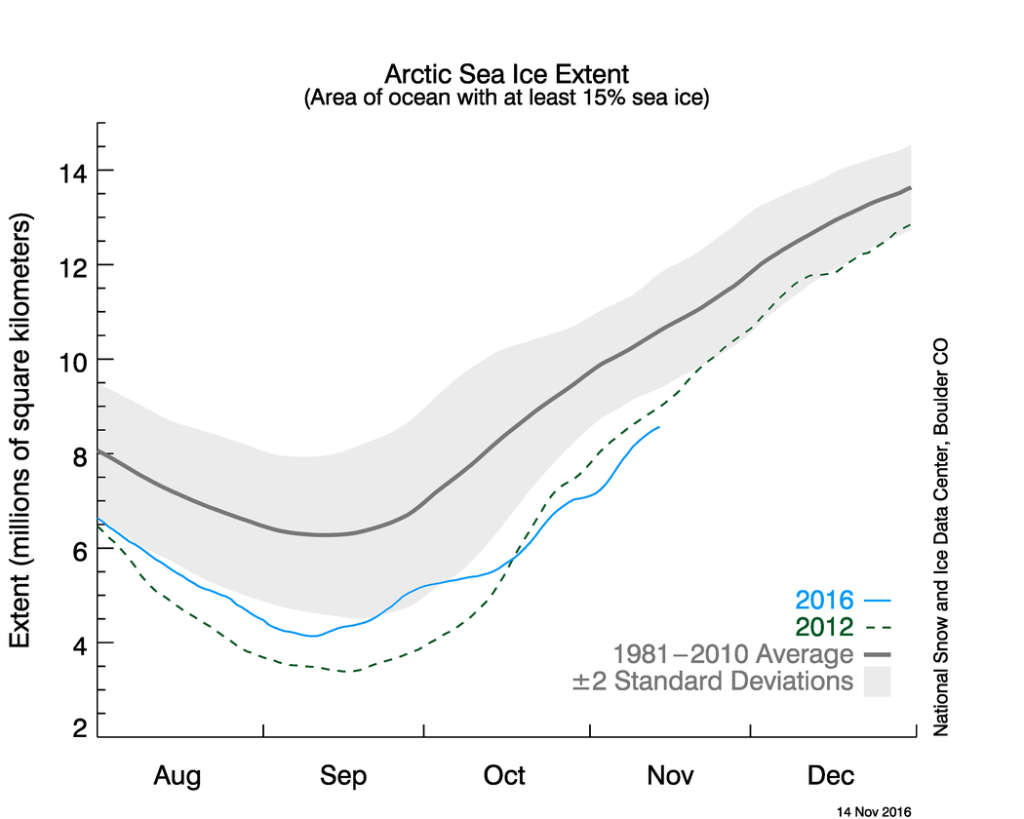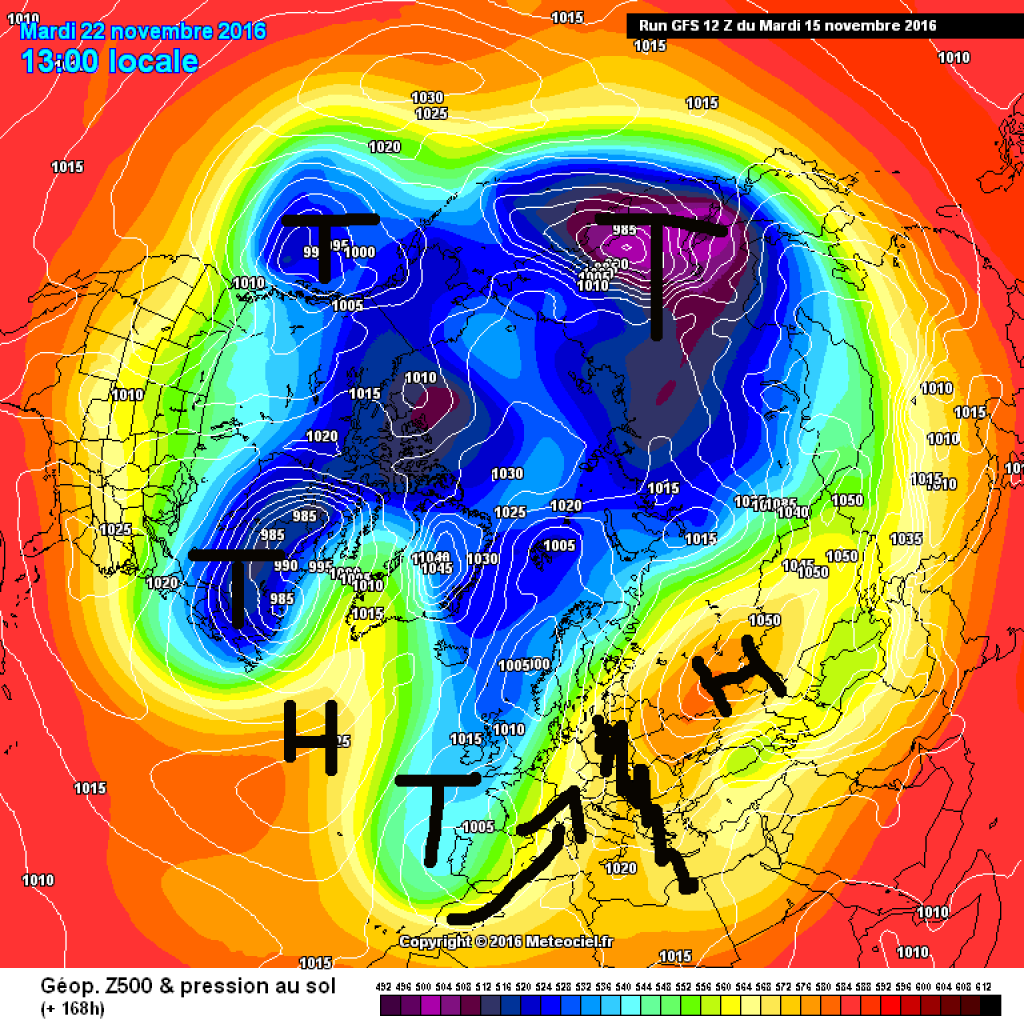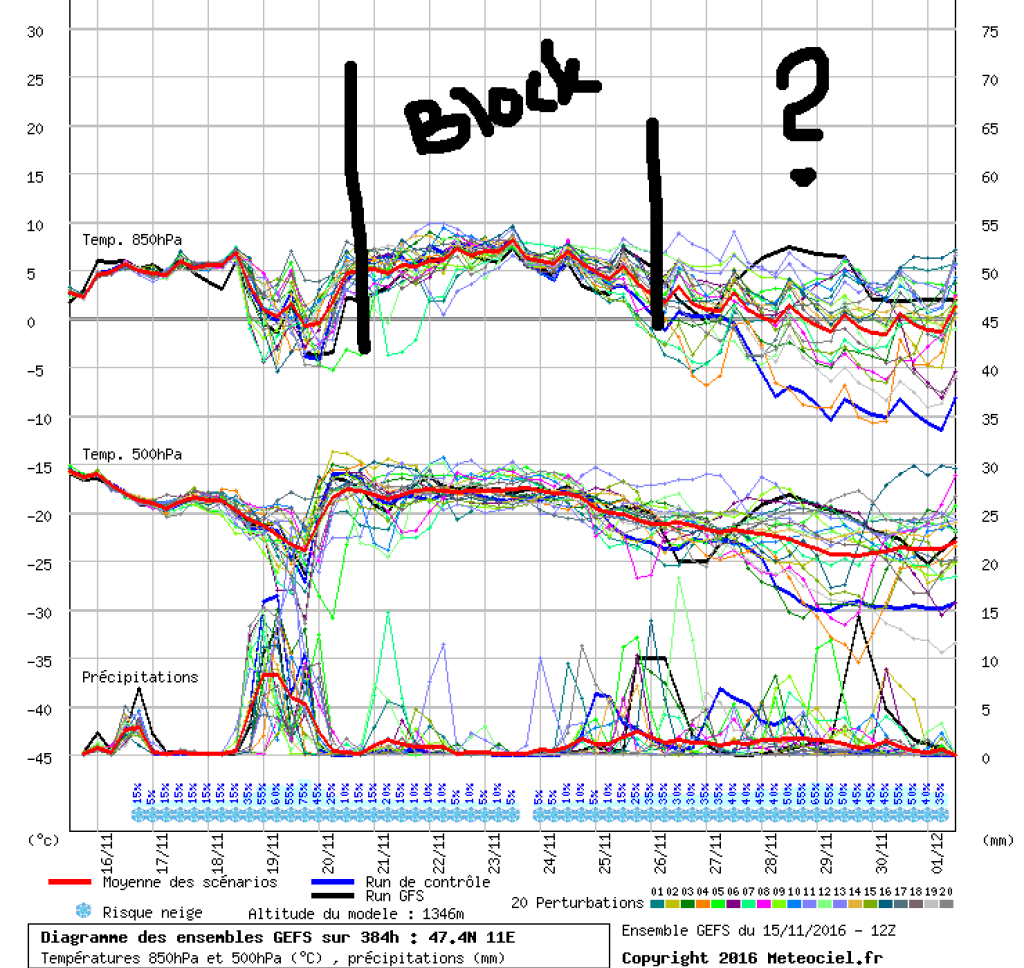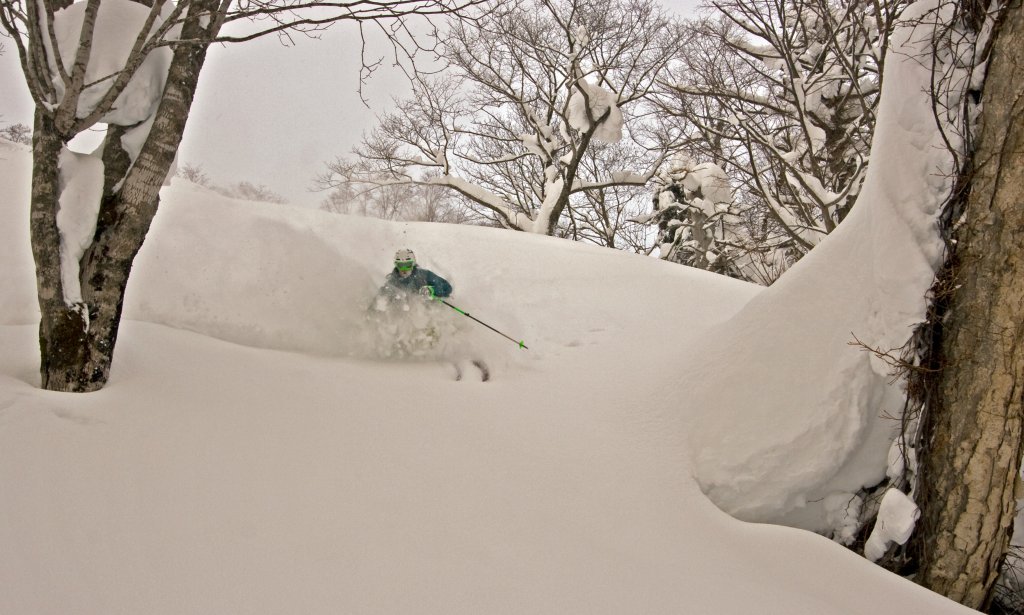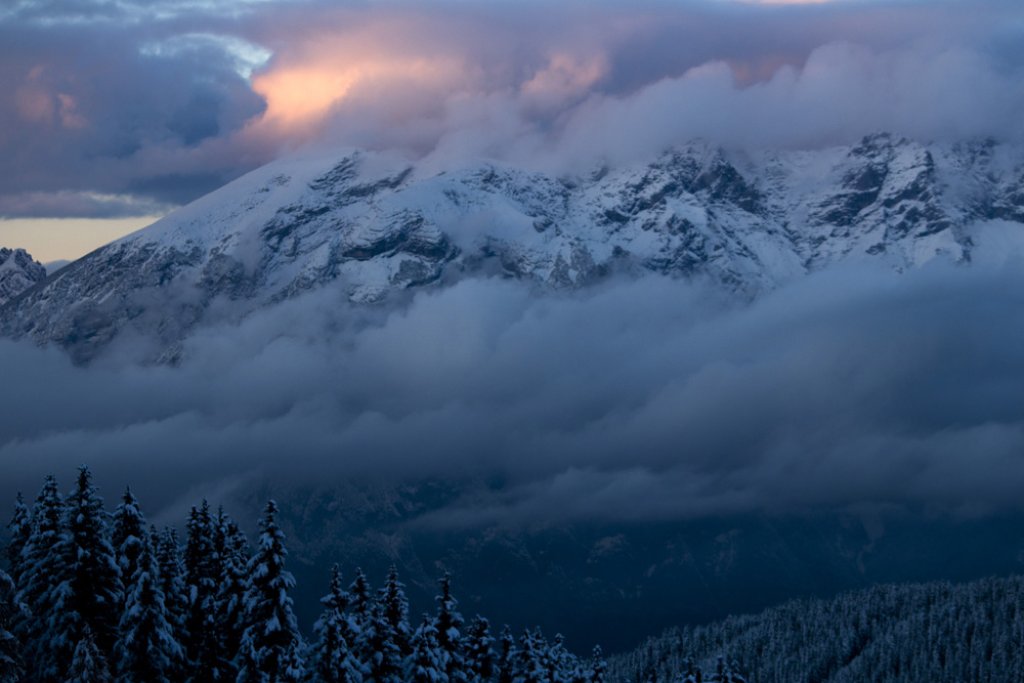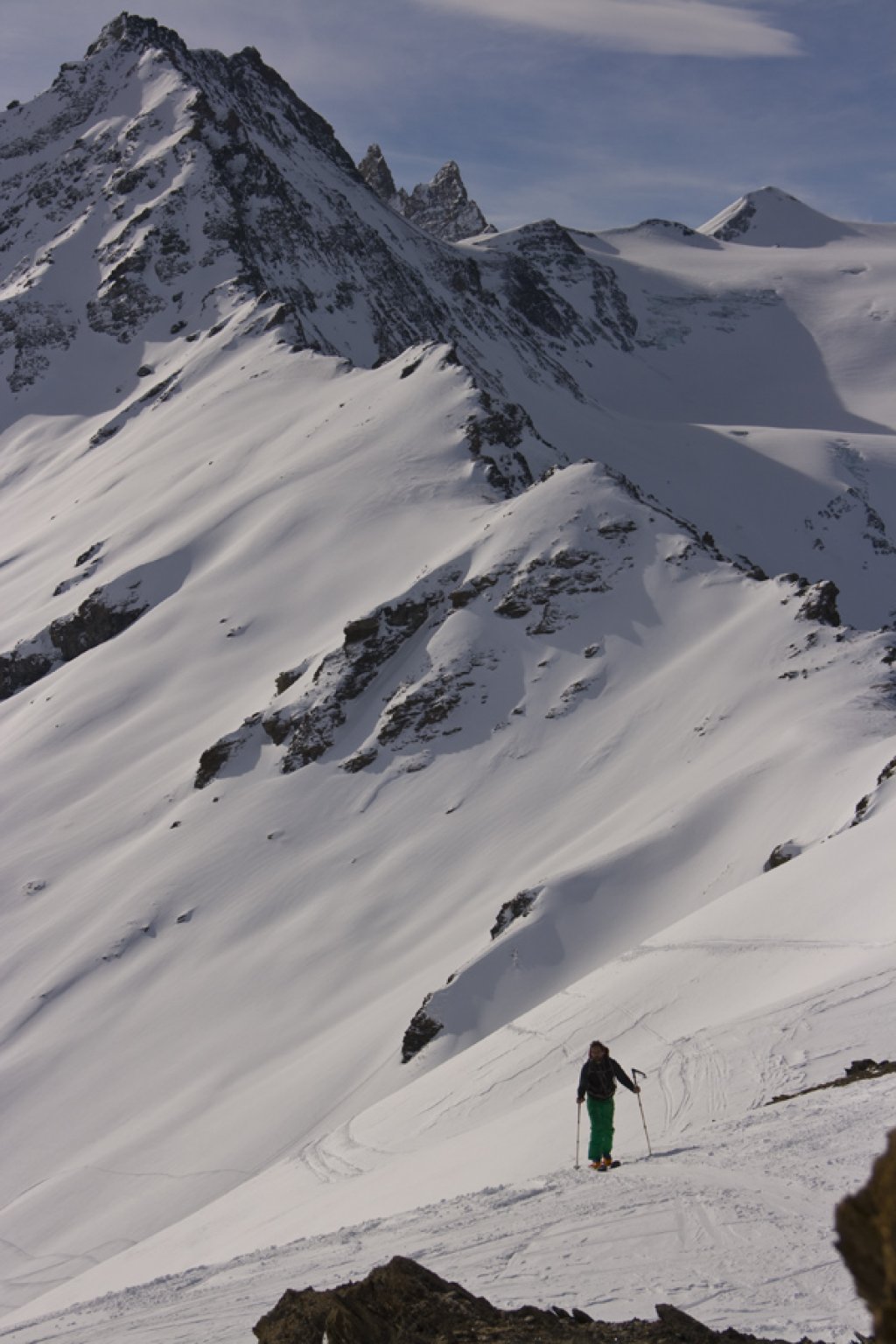Other finds
The WeatherBlog came across an interesting video by the Bhutan Film Trust, so we'll end with a brief digression on glacial lake outburst floods (GLOF): Lakes can form at the tongue end of glaciers, which are dammed up by the terminal moraine. This is currently a common occurrence as the ice retreats further and further, but the terminal moraines remain in place and dam up the meltwater. If the water pressure becomes too great, the moraine dam breaks and a flood wave pours downstream into the valley. If the terrain under the ice has overdeepenings where meltwater can collect, lakes also form under the glacier. These can also break out and cause destruction. One example of this is the Tête Rousse Gltescher on Mont Blanc. In 1892, over 200 people lost their lives when 200,000 cubic meters of water suddenly poured from the glacier into the valley and as a huge mudslide into the villages below. The water under the glacier continues to accumulate, threatening further outbursts over time. In July 2010, it was discovered that 50,000 cubic meters of water had accumulated. The majority of this was pumped out at great technical expense. In the years that followed, things continued in a similar way and the Tête Rousse glacier is now a kind of prime example of how the GLOF problem can be combated with modern technology and a combination of a high-tech warning system and massive use of machinery.
In the Himalayas, there are also numerous glacial lakes classified as dangerous. Intensive monitoring takes place here too, but there are usually not the resources available to get heavy machinery up there. Time and again, massive damage is caused by GLOFs. The following video follows a young man from Bhutan who, together with 350 others, sets off on the arduous journey to Lake Thorthomi to spend weeks digging out the moraine dam by hand so that more water can flow out. Within three years, three teams of hundreds of workers were able to lower the water level in the lake by 368cm, reducing the risk of a catastrophic GLOF.
Beware: the movie shows slow and painstaking work in a slow way. The WeatherBlog finds it quite impressive, especially when compared to the approach in the Alps, but it's not for the impatient.
